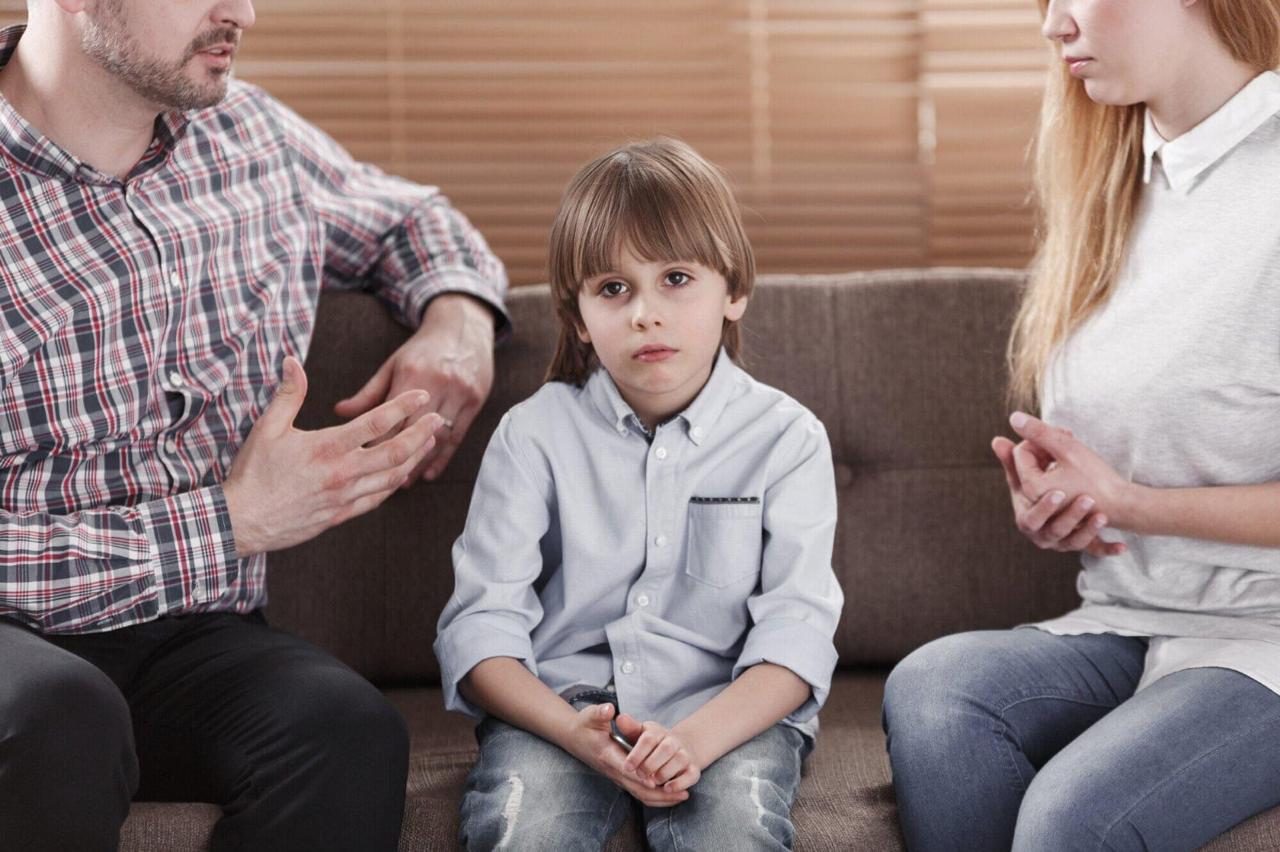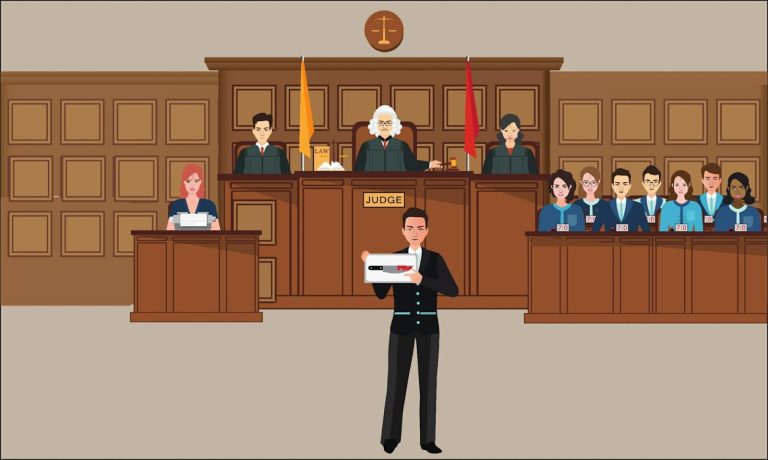Legal vs Physical Custody: How Do Courts Decide What’s Best for the Child?

What happens when parents separate?
One of the biggest decisions they face is about custody. Understanding the difference between legal vs physical custody is crucial. Legal custody involves decision-making for the child. Physical custody refers to where the child lives. Courts often consider various factors to decide what’s best for the child.
Are you aware of what influences these decisions? Dive deeper into this topic to learn how courts make these important choices.
What Is Legal Custody?
Legal custody refers to the right and responsibility to make important decisions about a child’s life. This includes choices about education, healthcare, and religious upbringing. Parents with legal custody can participate in key decisions that affect their child’s future.
In a separation or divorce, parents may share legal custody or one parent may have sole legal custody. The courts usually aim to support the child’s best interests when determining legal custody arrangements. Understanding the legal custody definition helps parents better navigate their rights and responsibilities during separation.
What Is Physical Custody?
Physical custody refers to where a child lives. It determines the residence of the child and who takes care of them daily. Parents can share physical custody, meaning the child spends time living with both. One parent can also have sole physical custody, where the child lives primarily with one parent.
The other parent may have visitation rights. Courts decide physical custody based on what is best for the child, considering their needs and the parents’ situations. Understanding physical custody helps parents know their roles and how arrangements can work after separation.
How Courts Decide Custody
Here are some key factors that courts consider when determining custody arrangements.
Parental Cooperation
Parental cooperation is crucial during custody cases. When parents work together, it creates a better environment for the child. Courts look for signs that parents can communicate and compromise.
This cooperation can show the court that both parents to the child’s well-being. It can also affect decisions on parental rights custody. Parents who cooperate and support have a better chance of gaining joint custody.
Stability and Continuity
Stability and continuity are important custody decision factors. Courts look for a stable living environment for the child. This means the child needs a home where they feel safe and secure.
When a parent can provide this stability, they may have a better chance of gaining custody. Courts also consider how often the child has moved in the past. Frequent changes can disrupt a child’s life.
Safety and Welfare
Safety and welfare are key concerns in custody cases. Courts want to ensure that the child is safe and well cared for. If a parent poses a danger, the court may limit their custody rights.
Custody lawyers often emphasize the importance of a safe environment. They help present evidence that shows which parent can provide this safety. Courts aim to protect the child’s best interests above all else.
Understanding Legal vs Physical Custody
In conclusion, understanding custody arrangements is essential for parents going through a separation. Legal custody involves decision-making about a child’s life, while physical custody focuses on where the child lives.
Courts prioritize the child’s best interests when making these decisions. By knowing the basics of legal vs physical custody, parents can better navigate their responsibilities and work towards a positive outcome for their child.
Did you find this article helpful? Check out the rest of our blog for more!






